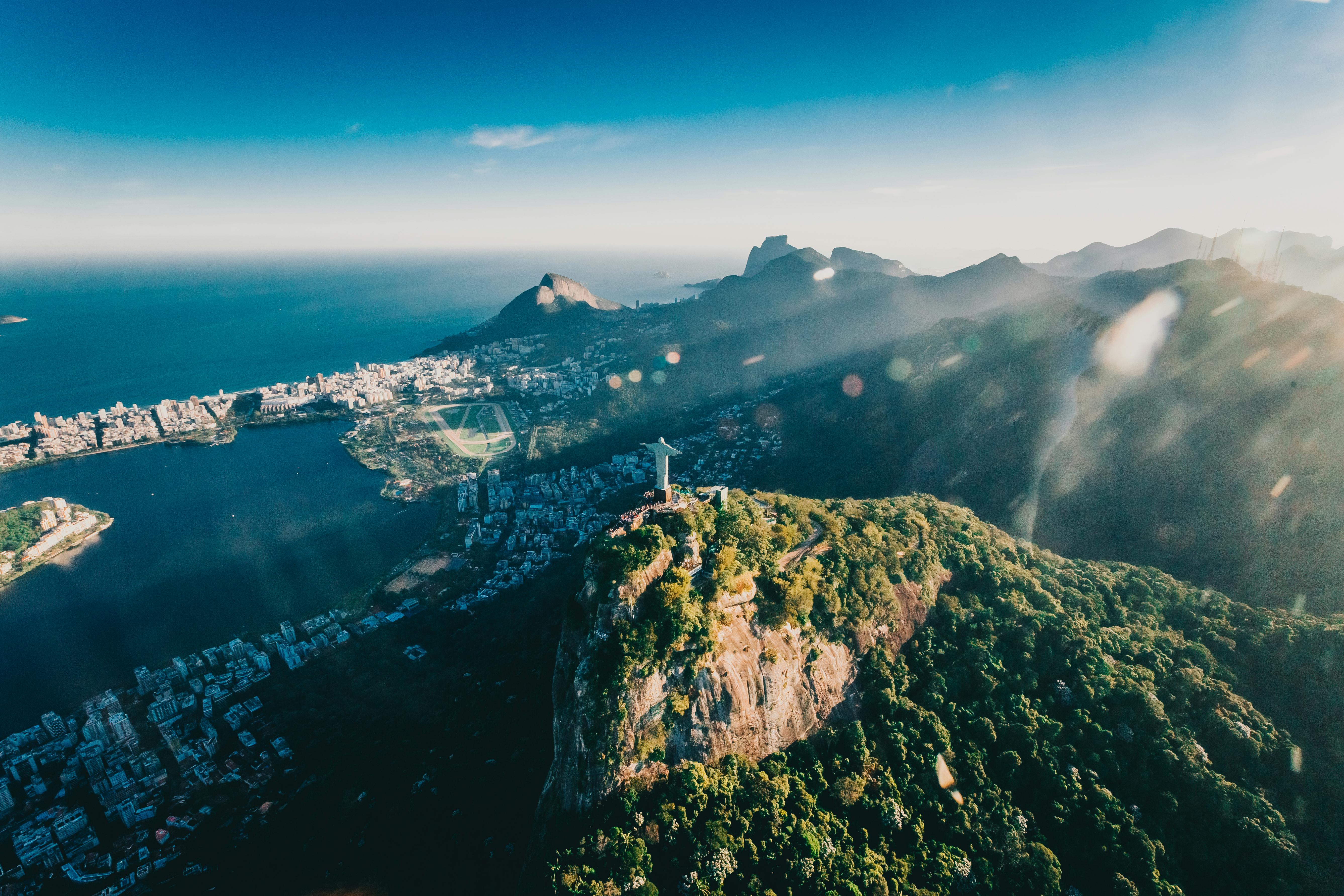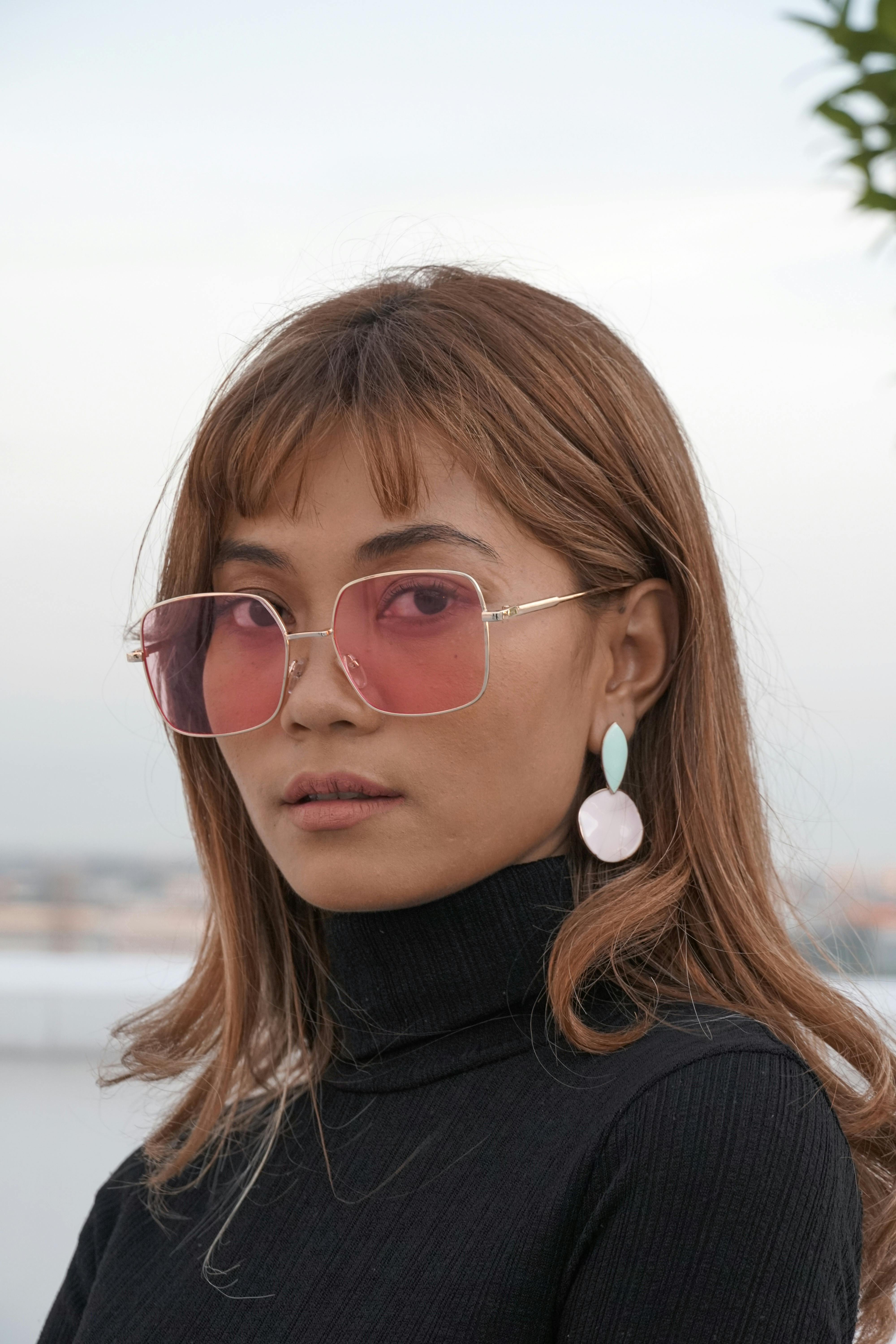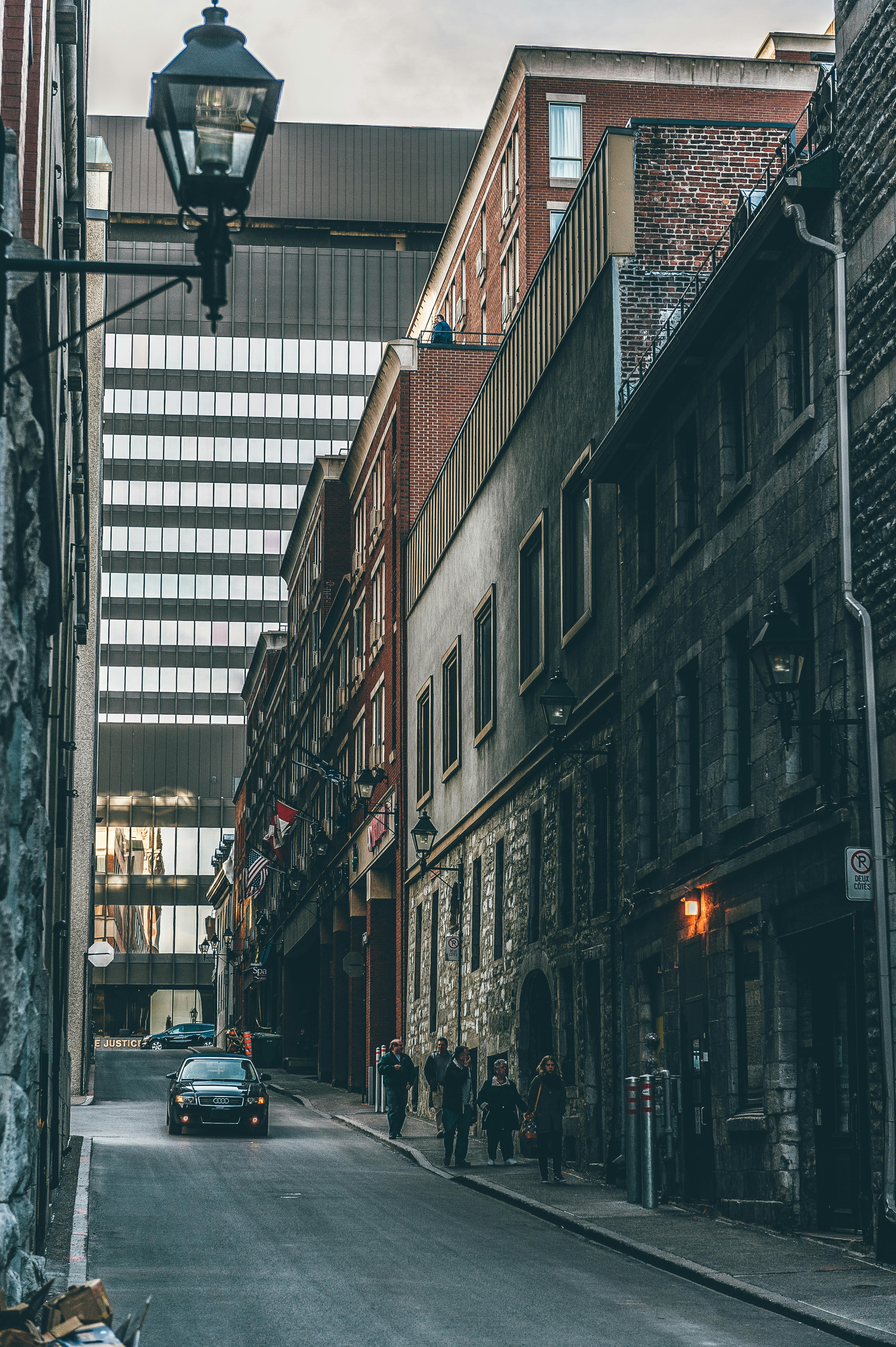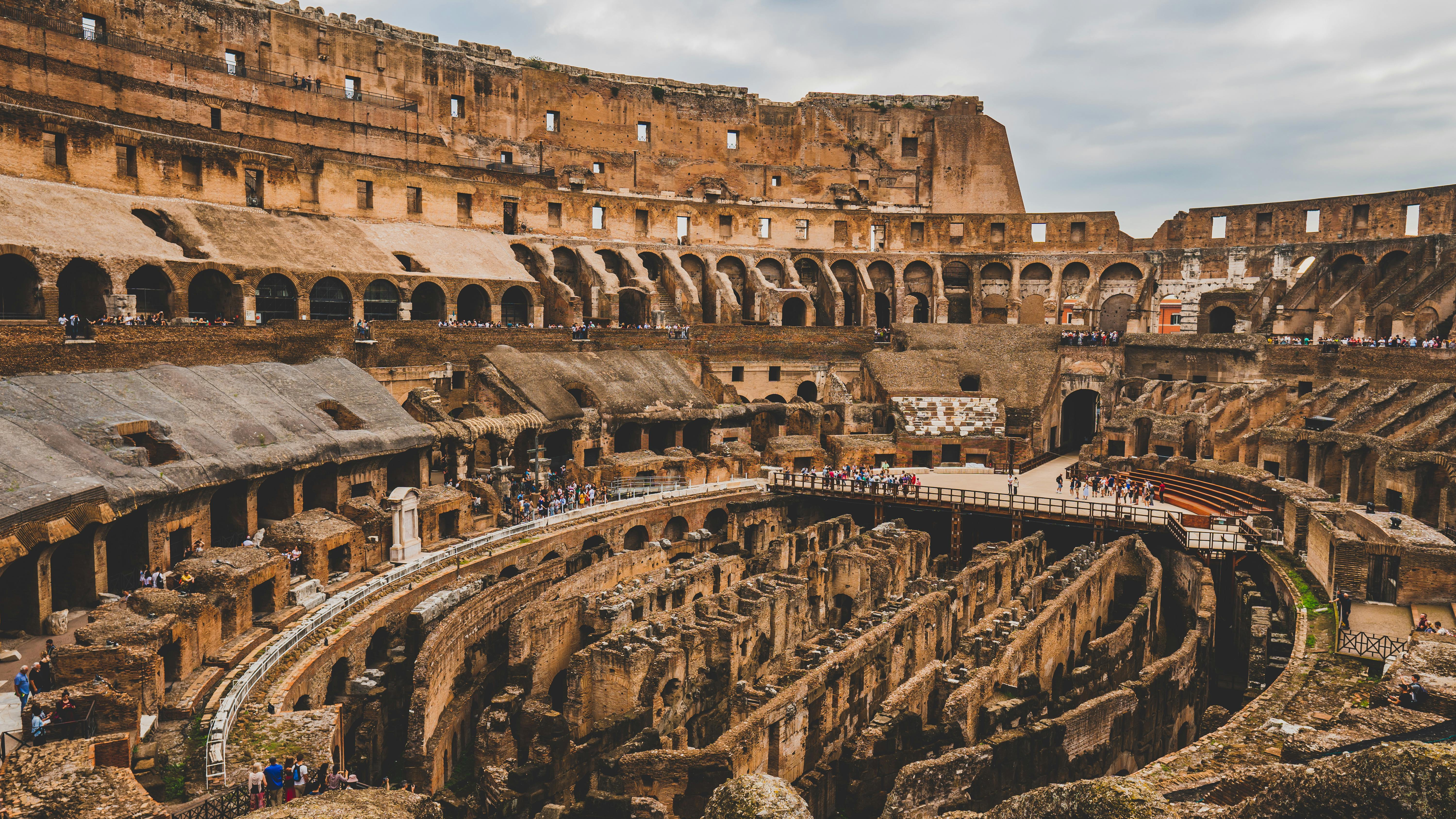Brazil's cultural landscape is as vast and diverse as its geography, reflecting centuries of blending influences from indigenous peoples, European colonizers, African communities, and more recent waves of immigrants from around the world. Today, this unique cultural fusion continues to evolve, creating expressions that are distinctly Brazilian yet increasingly connected to global trends and movements. This article explores the vibrant and dynamic cultural scene of contemporary Brazil.
Cultural Roots: Heritage in Modern Context
Brazil's cultural identity is firmly anchored in its rich heritage, which continues to inform contemporary expressions in fascinating ways. Traditional practices have not simply been preserved as museum pieces but have evolved and adapted to modern contexts.
In the northeastern state of Bahia, for example, capoeira—the Afro-Brazilian martial art that combines elements of dance, acrobatics, and music—has transformed from a practice once criminalized to an internationally recognized cultural form taught in schools worldwide. Modern capoeira masters have adapted teaching methods while maintaining core traditions, creating a living heritage that connects practitioners to Brazil's complex history.
Similarly, indigenous traditions are finding new relevance in contemporary Brazilian society. Indigenous artists are using traditional techniques and symbolism to address modern social and environmental issues, bringing ancestral wisdom into dialogue with current challenges.

Brazilian Music: From Samba to Global Fusion
Brazil's musical contributions to world culture can hardly be overstated. While traditional forms like samba, bossa nova, and forró remain vibrant, Brazilian musicians continue to innovate and push boundaries.
"Brazilian music has always been about fusion—we're natural cultural anthropophagists, devouring influences and transforming them into something uniquely ours. Today's generation is continuing that tradition, but with access to sounds and techniques from around the world."
— Luiza Nascimento, Musicologist, Federal University of Rio de Janeiro
The contemporary Brazilian music scene is marked by striking diversity:
- Neo-MPB (Música Popular Brasileira) artists like Liniker and Tulipa Ruiz blend traditional Brazilian rhythms with elements of soul, jazz, and electronic music
- Brazilian funk carioca has evolved from its roots in Rio's favelas to become a global phenomenon with political and social overtones
- Brazilian metal and rock scenes incorporate regional rhythms and themes, creating distinctive sounds that appeal to international audiences
- Technobrega and other regional electronic music styles reinterpret local traditions through digital technology
These innovations are not replacing traditional forms but existing alongside them, creating a musical ecosystem that honors heritage while embracing change.
Visual Arts: Brazilian Perspectives in a Global Conversation
Brazilian visual artists have gained increasing recognition on the global stage, bringing distinctly Brazilian perspectives to international audiences while engaging with universal themes. From the street art of São Paulo to prestigious international galleries, Brazilian artists are making their mark.
Street Art Renaissance
Brazilian cities, particularly São Paulo, have become global centers for street art. Following the city's 2006 Clean City Law that banned outdoor advertising, São Paulo's urban landscape transformed into a vast canvas for artists. Today, neighborhoods like Vila Madalena attract visitors from around the world to see elaborate murals that often engage with social and political issues.
Contemporary Art Movements
In gallery spaces, Brazilian artists are exploring themes of identity, environment, and social justice through diverse media. Collectives like "Opavivará!" create participatory installations that challenge traditional art-viewer relationships, while established artists like Beatriz Milhazes continue to evolve their distinctive visual languages that draw on Brazilian cultural references.
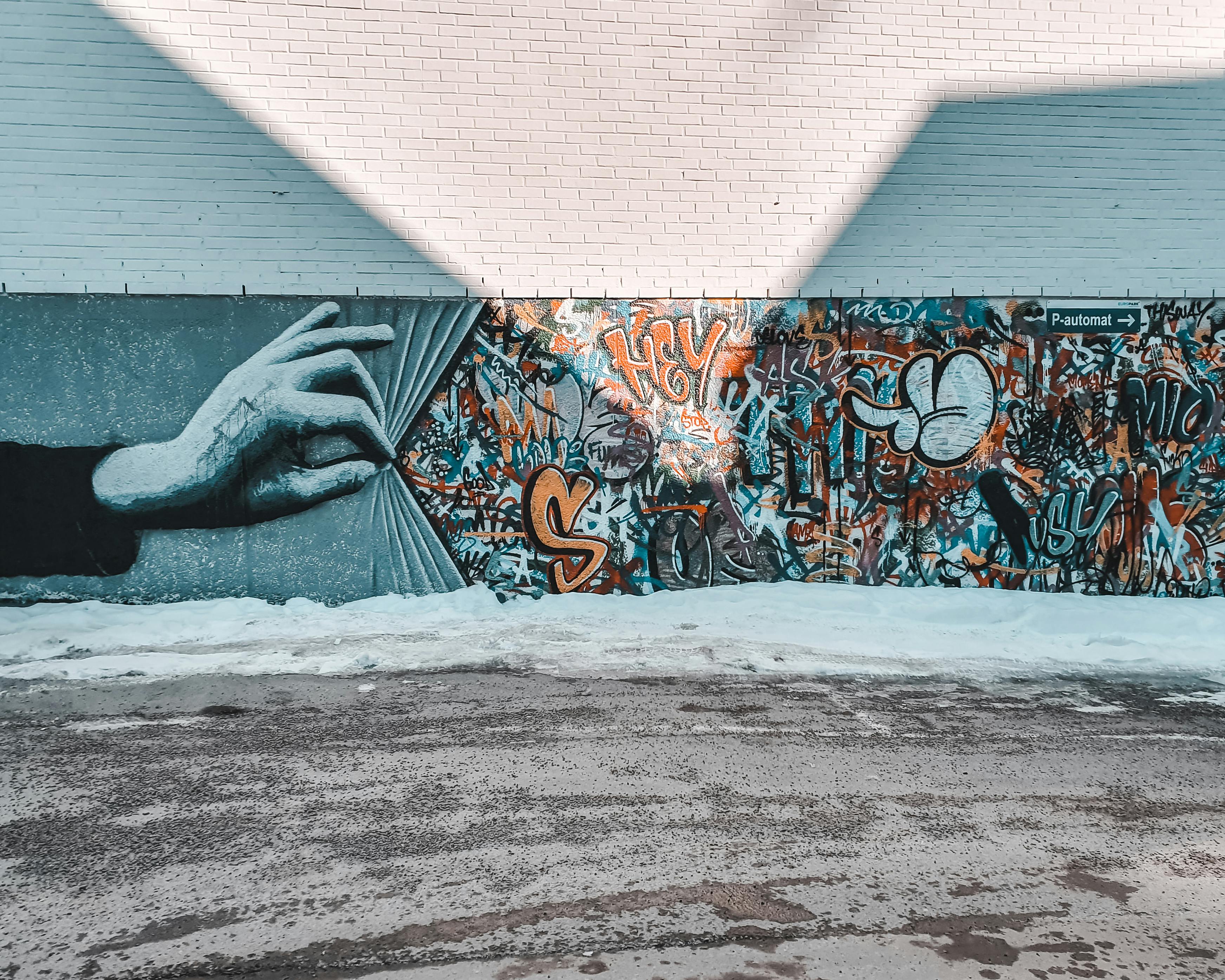
Literature and Storytelling: New Voices, New Narratives
Brazilian literature is experiencing a renaissance, with voices previously marginalized in the literary canon now receiving critical acclaim and finding enthusiastic audiences. Writers from Brazil's peripheries, Black and indigenous authors, and LGBTQ+ voices are transforming the literary landscape.
Conceição Evaristo, whose concept of "escrevivência" (writing the lived experience) has influenced a generation of writers, has gained international recognition for her powerful portrayals of Afro-Brazilian life. Meanwhile, writers like Itamar Vieira Junior, whose novel "Torto Arado" won the Jabuti Prize, are bringing rural and regional experiences to the forefront of Brazilian literature.
Digital platforms have democratized publishing, allowing new voices to reach readers directly. Literary collectives and slam poetry events in urban peripheries have created alternative spaces for literary expression outside traditional publishing channels.
Cinema and Television: Brazilian Stories for Global Audiences
Brazilian cinema has gained international recognition for its distinctive storytelling and visual styles. Films like "Bacurau" and "Divine Love" have garnered acclaim at major festivals while offering uniquely Brazilian perspectives on universal themes.
The rise of streaming platforms has created new opportunities for Brazilian content to reach global audiences. Netflix's investments in Brazilian productions like "3%" and "Sintonia" have introduced international viewers to Brazilian storytelling, while platforms like Globoplay are bringing Brazilian content to the diaspora and international audiences interested in Brazilian culture.
These productions often tackle complex social issues—inequality, race, gender, urban violence—through compelling narratives that humanize abstract problems. In doing so, they contribute to both domestic and international conversations about these shared challenges.
Food Culture: Culinary Traditions Meet Innovation
Brazilian cuisine, long celebrated for its regional diversity and bold flavors, is experiencing a period of creative reinvention. Chefs like Alex Atala of D.O.M. in São Paulo have gained international recognition for approaches that honor Brazilian ingredients and culinary traditions while employing contemporary techniques.
This culinary renaissance extends beyond fine dining. Throughout Brazil, there's renewed interest in traditional ingredients, particularly those from the Amazon region. Fruits like açaí, once consumed primarily in northern Brazil, have become national and international phenomena, though often in modified forms.
Food has also become a medium for cultural preservation and environmental activism. Projects working with indigenous communities to document and promote traditional food knowledge serve both cultural and ecological purposes, preserving biodiversity along with culinary traditions.

Digital Culture and Innovation
Brazil has embraced digital culture with characteristic creativity and adaptability. Despite persistent digital divides, Brazilians are among the world's most active social media users, and digital platforms have become crucial spaces for cultural expression and social organization.
Brazilian meme culture, with its distinctive humor and social commentary, has developed its own recognizable style. Digital influencers from diverse backgrounds have built large followings, often addressing social issues alongside lifestyle content.
The gaming industry has also grown significantly, with Brazilian developers creating games that often incorporate elements of Brazilian culture and address local themes while appealing to international audiences.
Cultural Challenges and Tensions
Brazil's cultural scene, while vibrant, also reflects the country's deep social divisions and ongoing struggles. Questions of who can represent Brazilian culture and whose stories are centered remain contentious.
Cultural appropriation versus appreciation is hotly debated, particularly regarding Afro-Brazilian religious and cultural expressions. Increasing recognition of these debates has led to more thoughtful approaches to cultural exchange and representation.
Government support for culture has fluctuated significantly in recent years, with artists and cultural institutions often navigating uncertain funding landscapes. Nevertheless, Brazilian cultural producers have demonstrated remarkable resilience, finding alternative support mechanisms and continuing to create despite challenges.
Conclusion: Culture as Brazil's Enduring Strength
Brazil's cultural vibrancy represents one of the country's greatest resources—a renewable wellspring of creativity, identity, and social cohesion. In a world of increasing homogenization, Brazil's distinctive cultural expressions offer alternative perspectives and approaches that enrich global dialogue.
As Brazil navigates complex social, economic, and environmental challenges, its cultural traditions provide not just solace and entertainment but also frameworks for understanding and addressing these issues. The continued evolution of Brazilian culture, with its remarkable ability to integrate diverse influences while maintaining distinctive character, offers hope and inspiration for Brazil and the world.
For those seeking to understand contemporary Brazil, its cultural expressions—from carnival to cutting-edge digital art—provide windows into the soul of a nation that, despite its contradictions and challenges, continues to create beauty and meaning with unparalleled creativity and joy.
